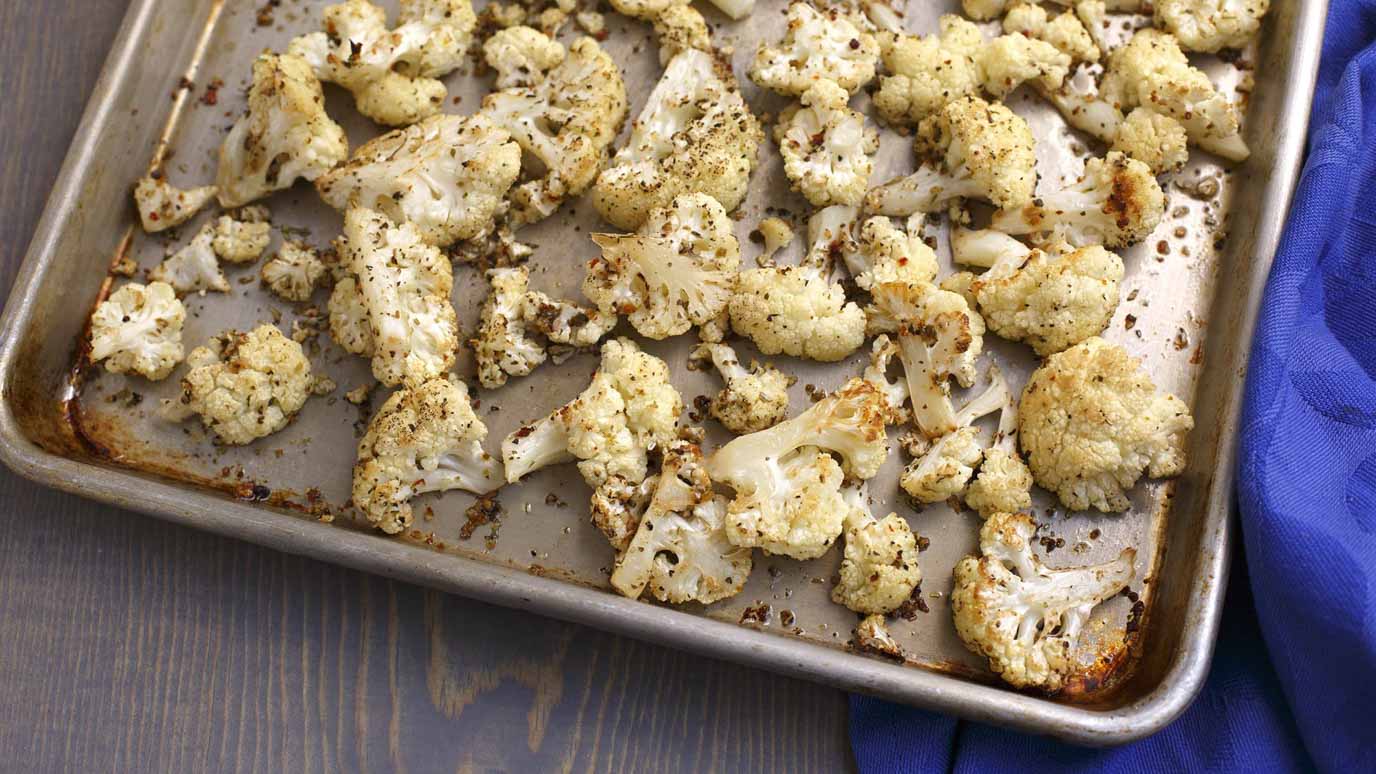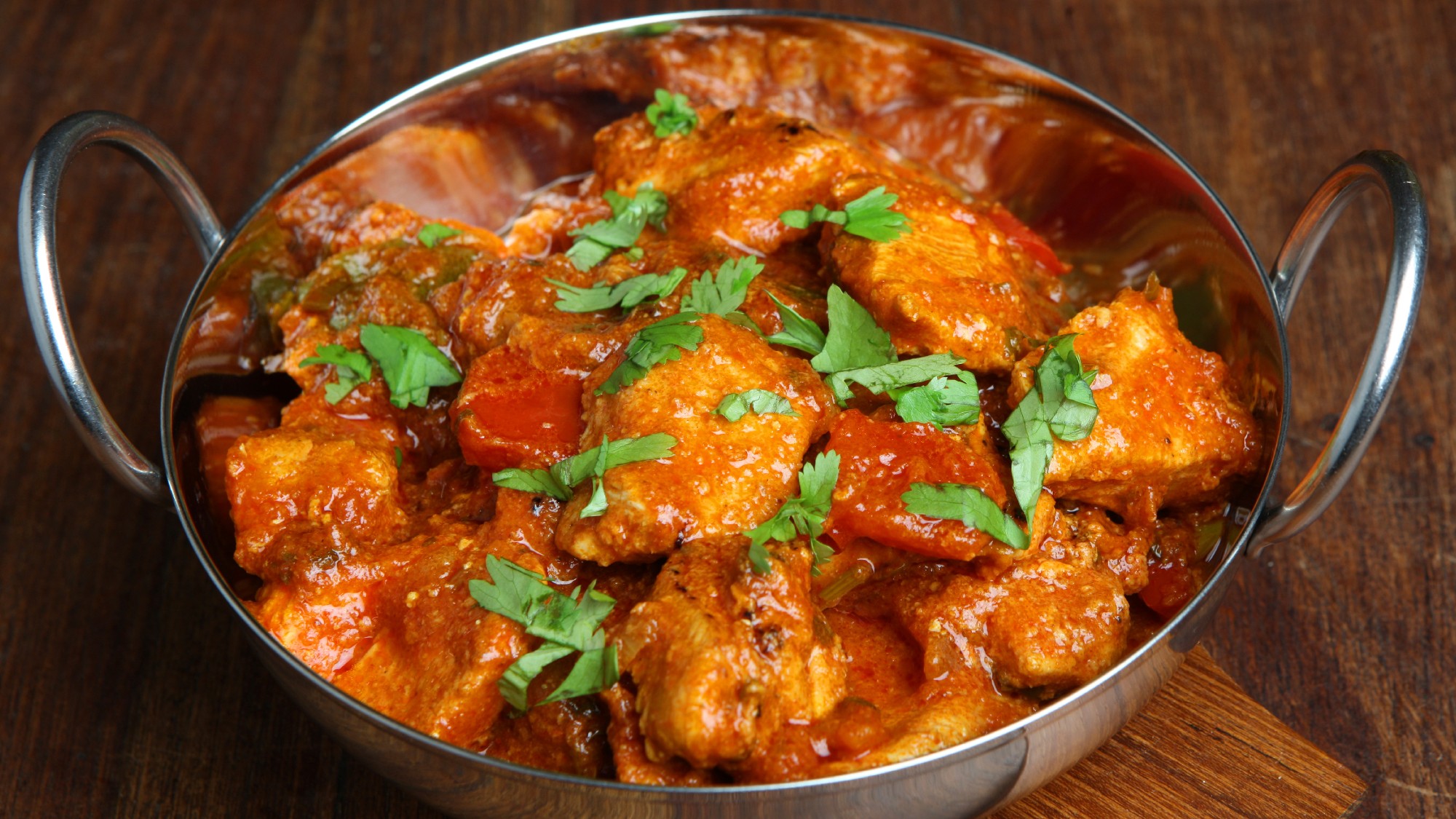Having fresh food on hand isn't always an option. When we get busy or something unforeseen blows up our schedules, it's good to have our pantries and freezers stocked with healthy food. However, some frozen foods are better than others.
If you're looking down the frozen food aisle at the grocery store, frozen dinners are tempting, but they might not be the best for maintaining a healthy diet. Many frozen meals are loaded with sodium and preservatives that your body doesn't need. So while frozen dinners are convenient, do your best to skip those and target frozen fruits and vegetables.
Fresh Isn't Necessarily Better
While fresh fruits and vegetables are great sources of nutrients, frozen produce can be just as nutritious—sometimes even more nutritious! In a study published in the Journal of Food Composition and Analysis, researchers found there's no big difference in the nutritional value between fresh and frozen produce—and when there was a difference, frozen veggies and fruit won out. Produce is flash-frozen at its peak, which helps to maintain nutrients, while fresh produce may lose some nutrients while sitting on a truck or in the produce stand.
Making Healthy Choices
When you're shopping for frozen produce, what you want to look out for are the added ingredients. On the label, for the most nutritious frozen food, there should be only one ingredient: the fruit or vegetable displayed on the packaging. That means if you're looking at something like frozen blueberries, check to see if there's added sugar. For something like frozen broccoli, check for added salt. And for both: make sure there aren't ingredients you've never heard of.
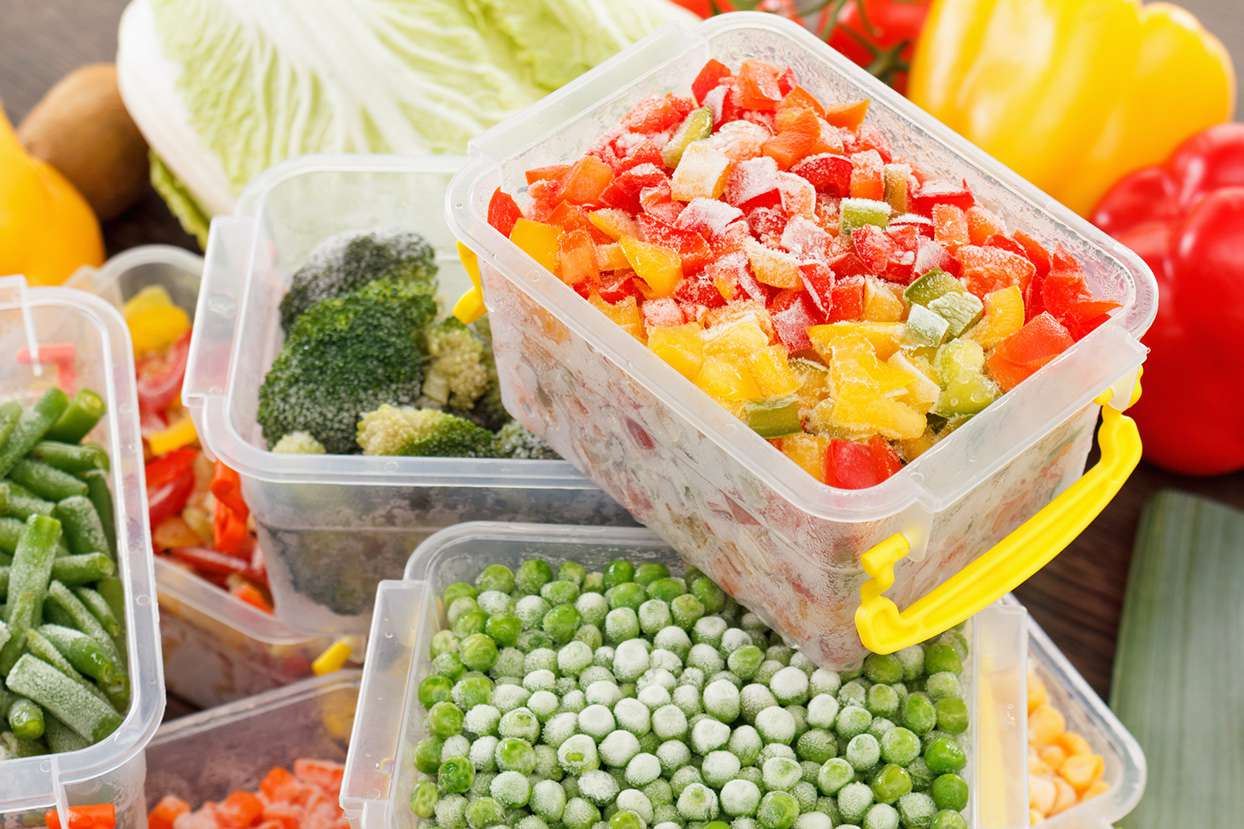
Getty Images
We support getting as many fruits and vegetables into your meals as you can—fresh or frozen—but these are our top picks for frozen vegetables and fruits to stock up on.
Frozen Vegetables
1. Broccoli
Frozen broccoli is a great way to eat more green veggies when fresh aren't available. Cook it in dishes or serve it steamed as a side dish. It works well in soups and casseroles when you need more vitamin C and fiber.
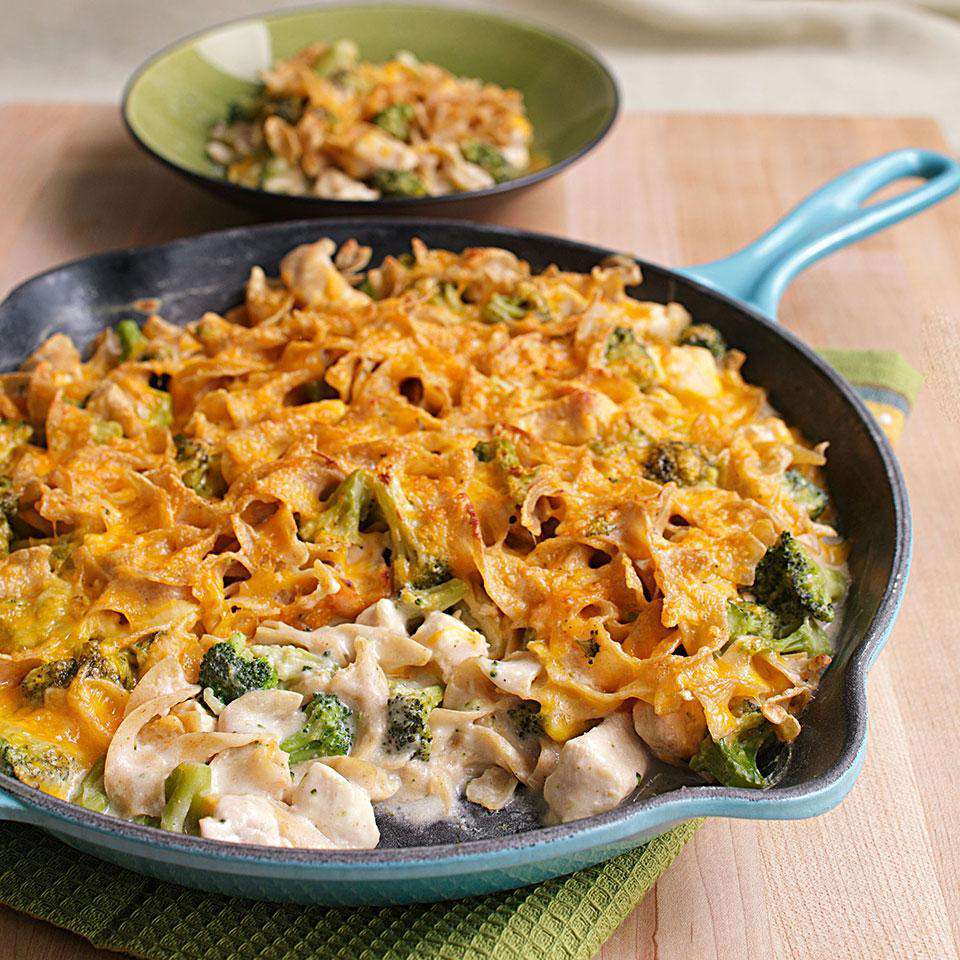
2. Spinach
Frozen spinach is almost better than fresh spinach (except in salads) because it comes preshrunk to a reasonable volume so you can get a heavy dose of iron, calcium and potassium. It can be used in most recipes that call for cooked spinach, like spanikopita, stuffed mushrooms or lasagna.
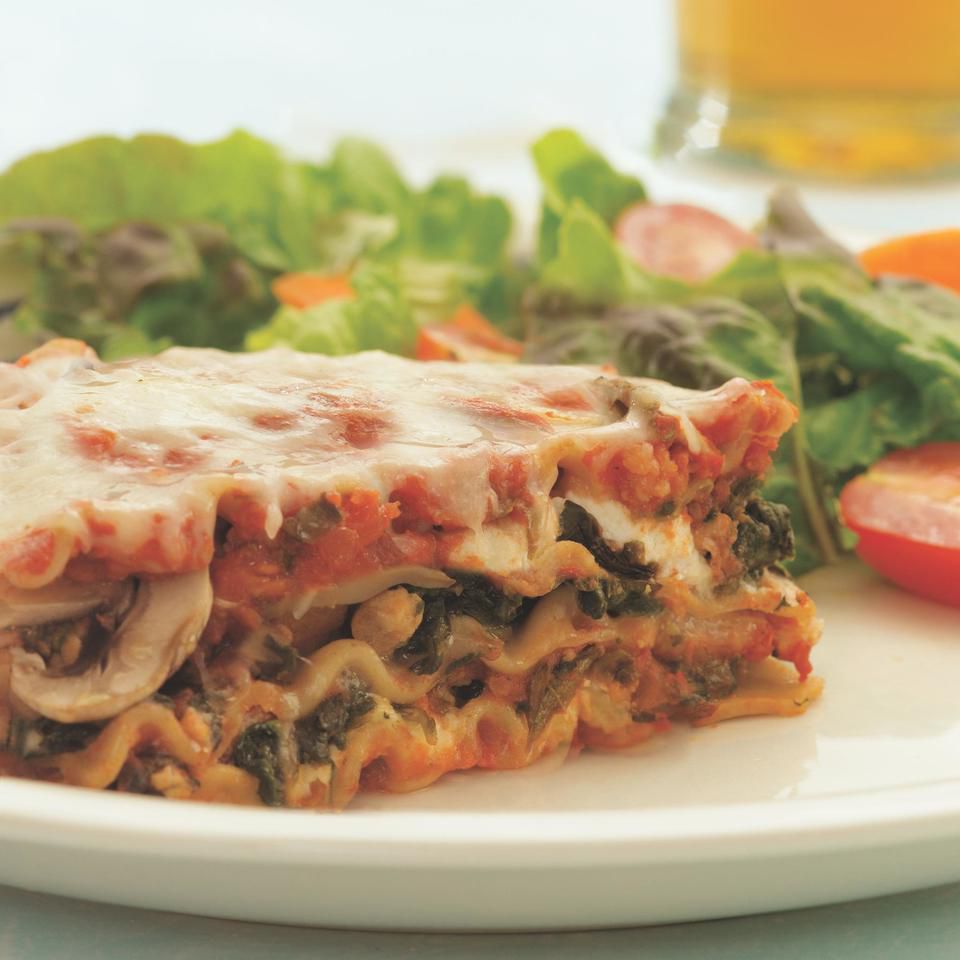
3. Peas
Frozen peas hold up remarkably well in the freezer. They can be added to fried rice, blended into a puree, thrown into chicken potpie for more color or mixed with other pantry staples for creative side dishes with some extra fiber.

4. Cauliflower
Frozen cauliflower is almost as good as fresh once it's cooked. You can serve it steamed by itself, cooked and mashed, or blended into a soup—you can even buy frozen cauliflower rice for a low-carb alternative to regular rice. As far as nutrients go, cauliflower delivers 60% of your daily vitamin C needs and 14% of your daily dose of vitamin K.
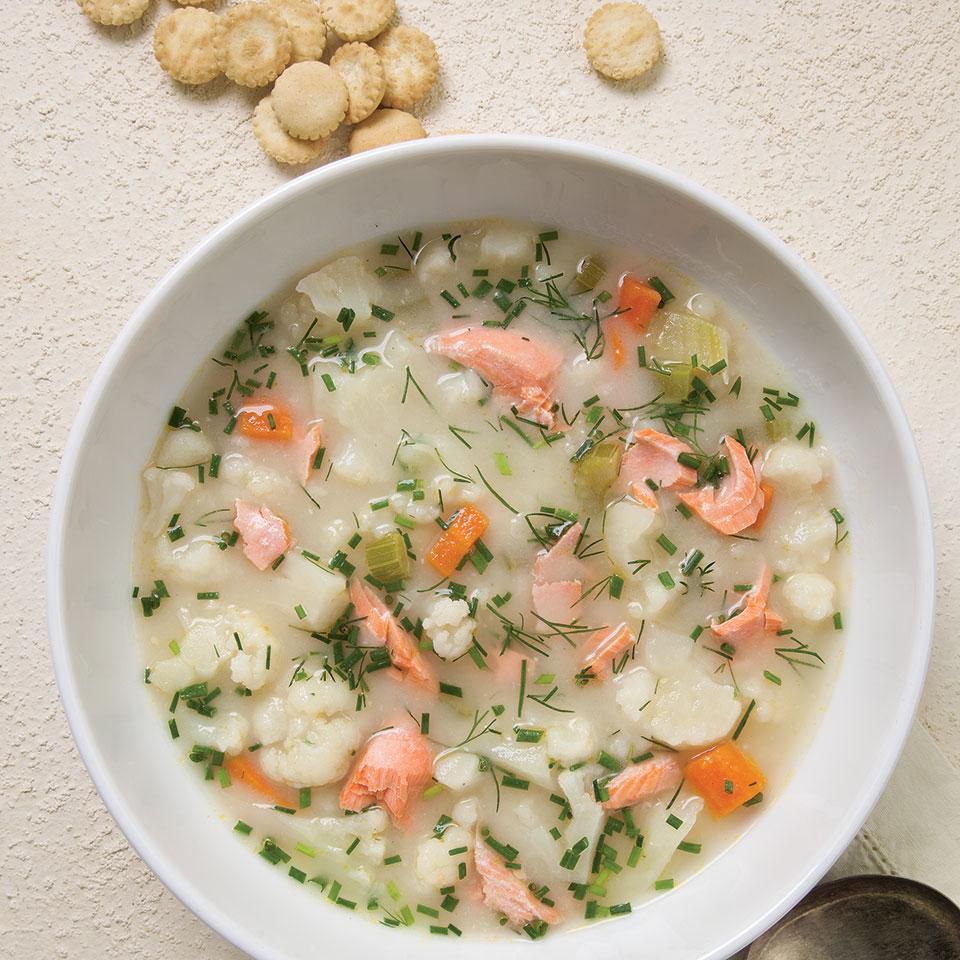
5. Chopped Onions
Having frozen chopped onions on hand is a big relief if you can't make it to the market. Chopped onions are in countless savory recipes and, taste-wise, you're not going to miss out on anything with frozen onions once they're cooked into a dish.
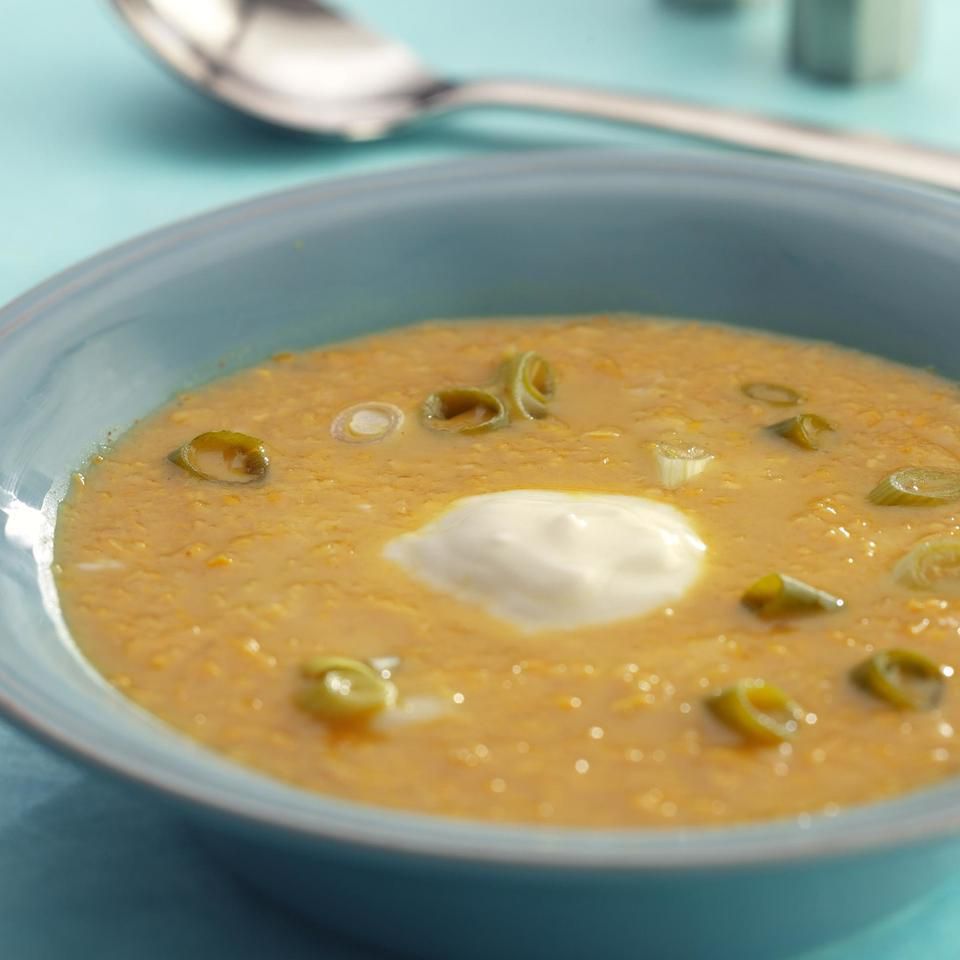
6. Corn
Frozen corn can be used any way you might use fresh corn (except corn on the cob), so if you want a taste of summer year-round, this is a must-stock item. If you're concerned that corn has too much sugar for it to be considered a healthy option, you might be surprised to learn that corn has less sugar than beets.
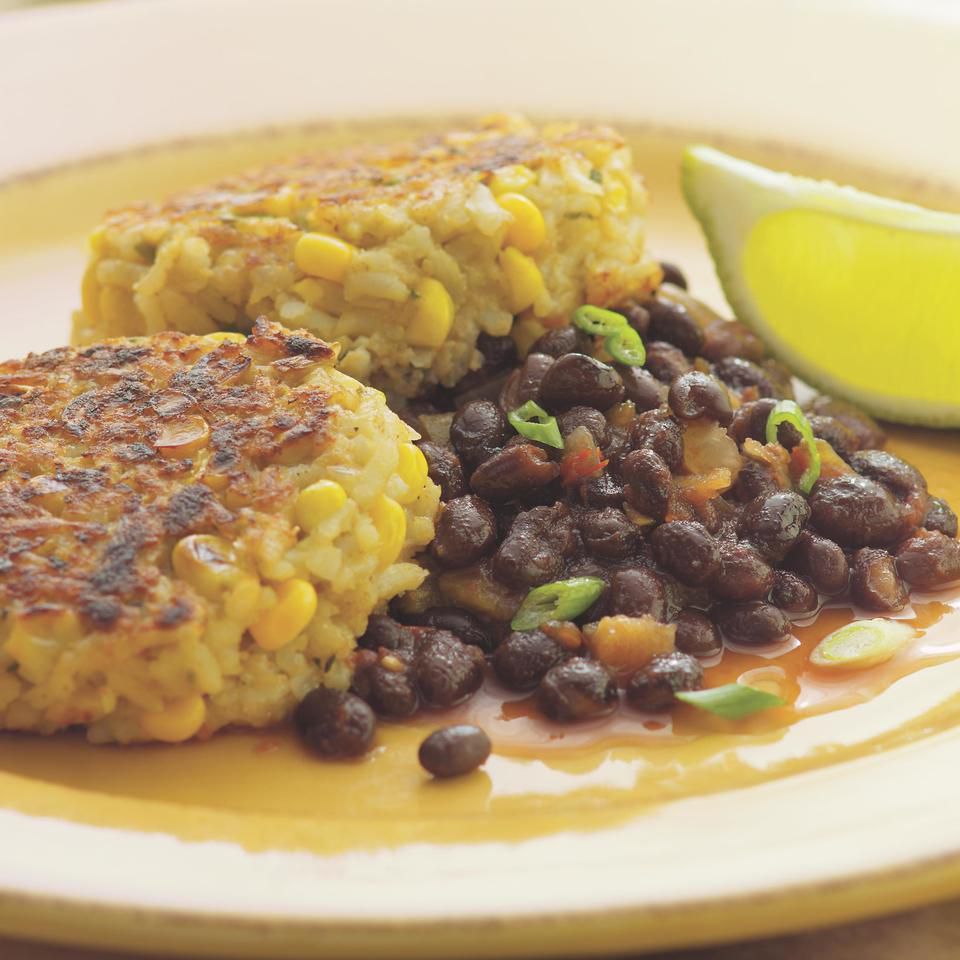
7. Green Beans
Like frozen spinach, it's hard to tell the difference between fresh and frozen once green beans are cooked. Green beans maintain their crunch and color well. They can be worked into stir-fries, one-dish meals and soups for extra iron, calcium and vitamins C and A.
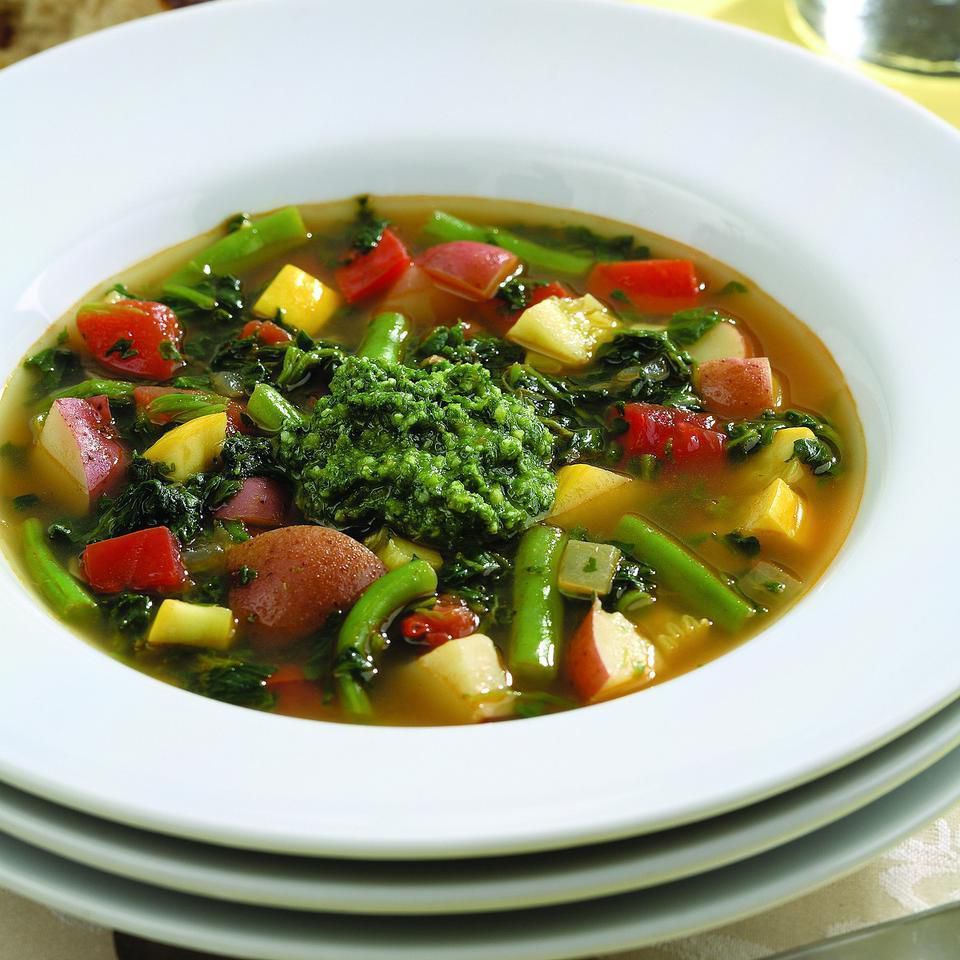
Frozen Fruit
1. Raspberries
With their potential cancer-fighting properties, you may want to stick frozen raspberries in your basket—they're delicious on top of being nutritious. Their flavor stands up very well after sitting in freezing temperatures, and they maintain their shape in baked goods just as well as fresh raspberries, but they're delicious as is (and go really well in sundaes!).
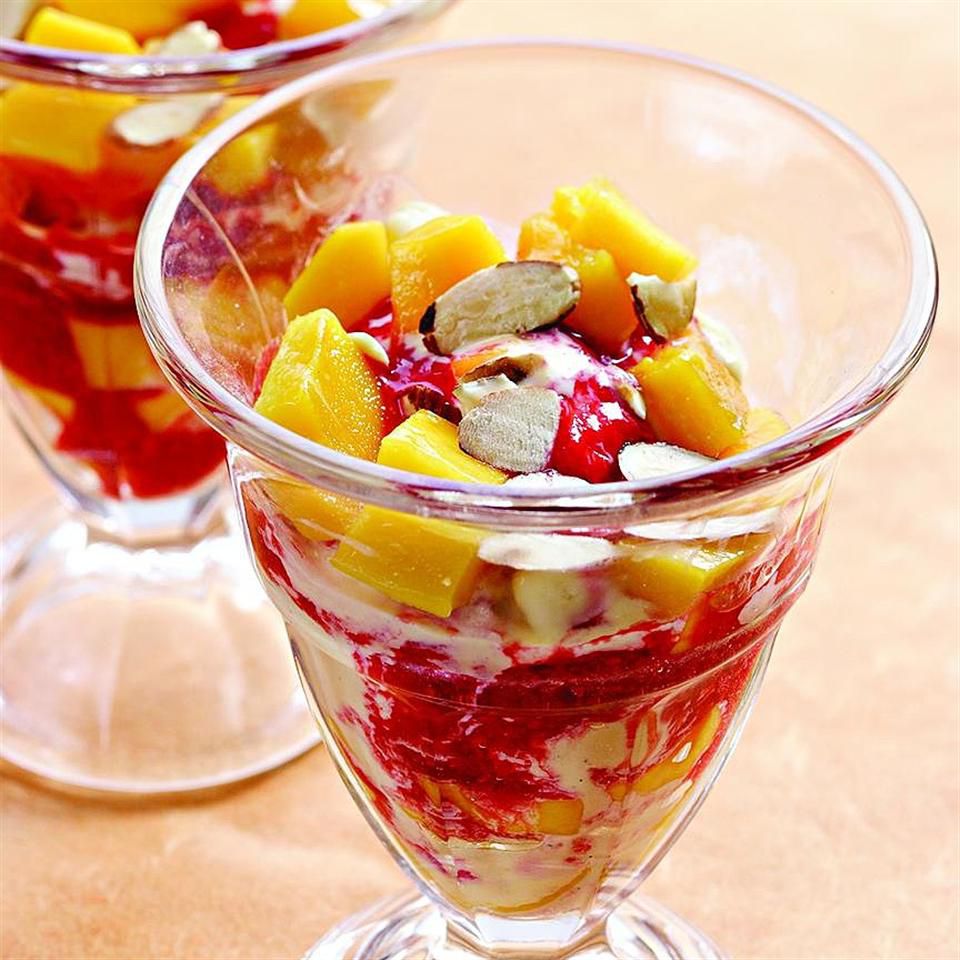
2. Peaches
You get fiber, magnesium and potassium with peaches—fresh or frozen. Peaches (and apples) freeze remarkably well if you need perfect wedges of fruit with great flavor. Flash freezing lets them keep their shape for pies and cobblers, but they can also be pureed into smoothies or cooked down to compote. They also work really well in muffins.
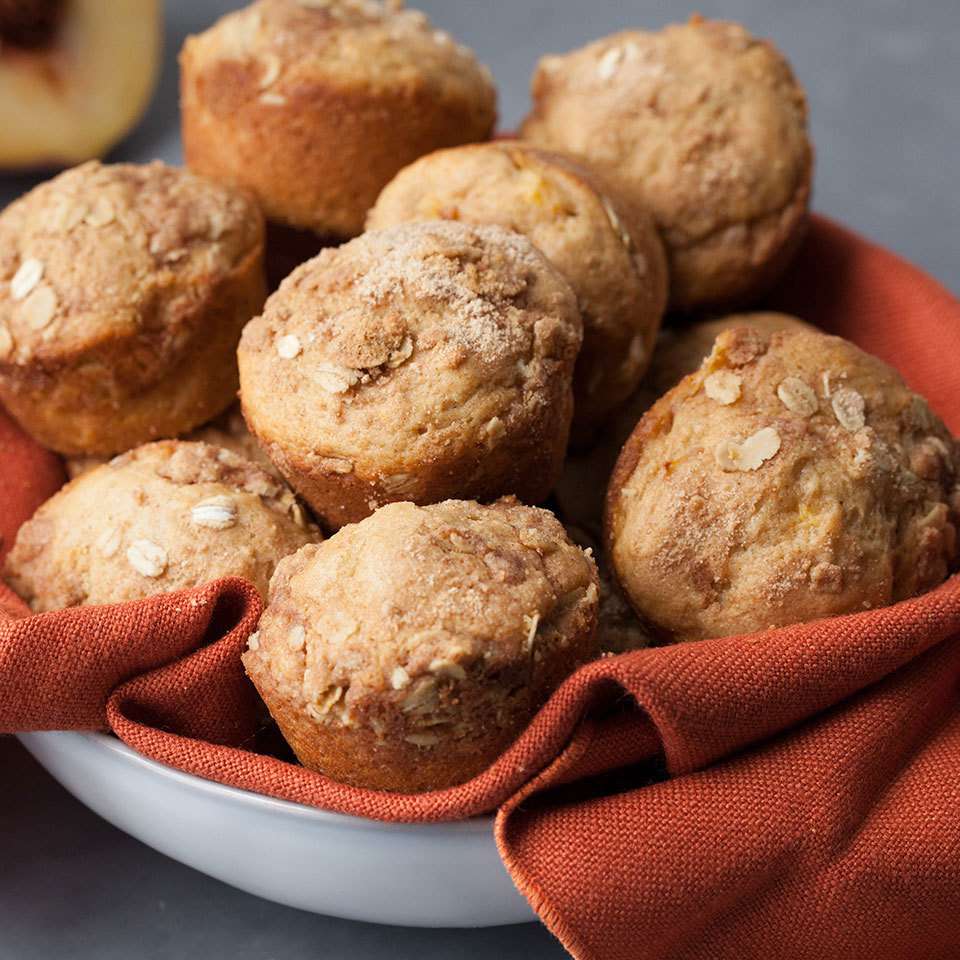
3. Blueberries
On top of being packed with antioxidants, there's a lot you can do with frozen blueberries. Not only do they add an antioxidant punch to smoothies, they work well in soufflés, crumble bars, frozen yogurt and cobblers.
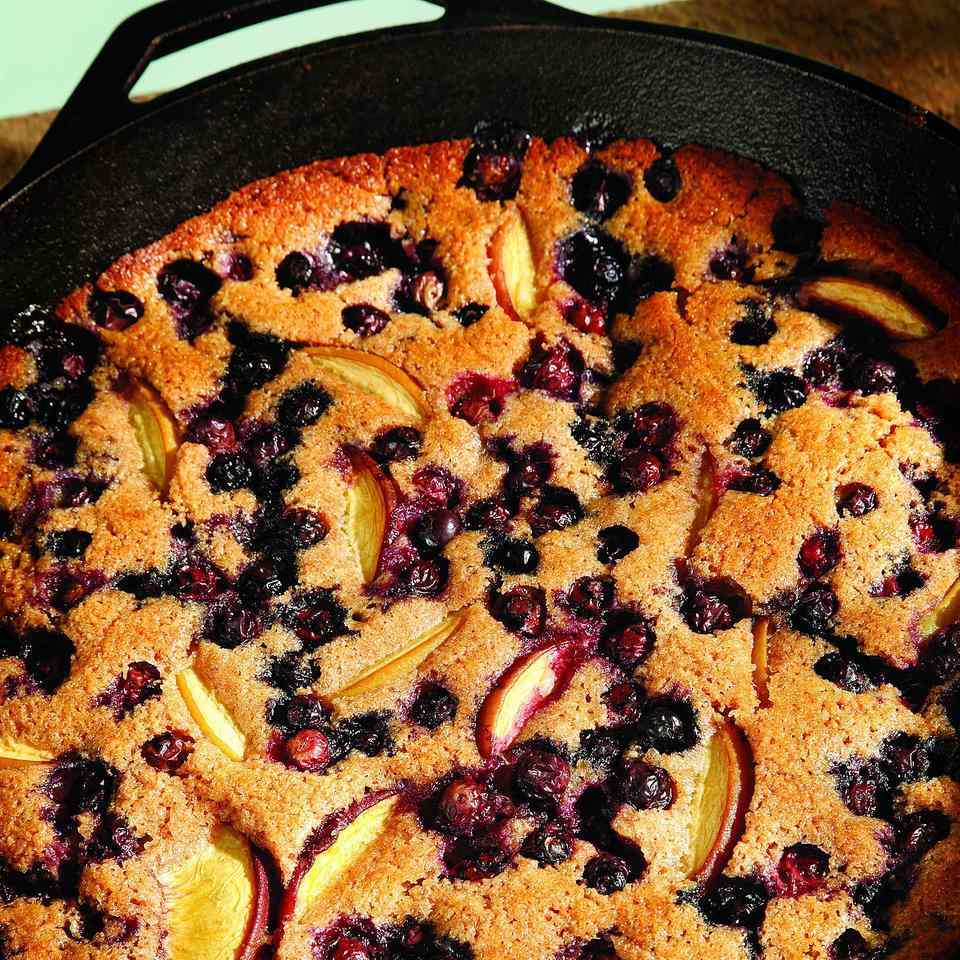
4. Pineapple
Getting an immunity boost and tropical flavor year-round is made easy with frozen pineapple. Just one cup of pineapple gives you all the vitamin C you need in a day. Frozen pineapple can be baked into desserts, but it really shines in or on ice cream and in smoothies.
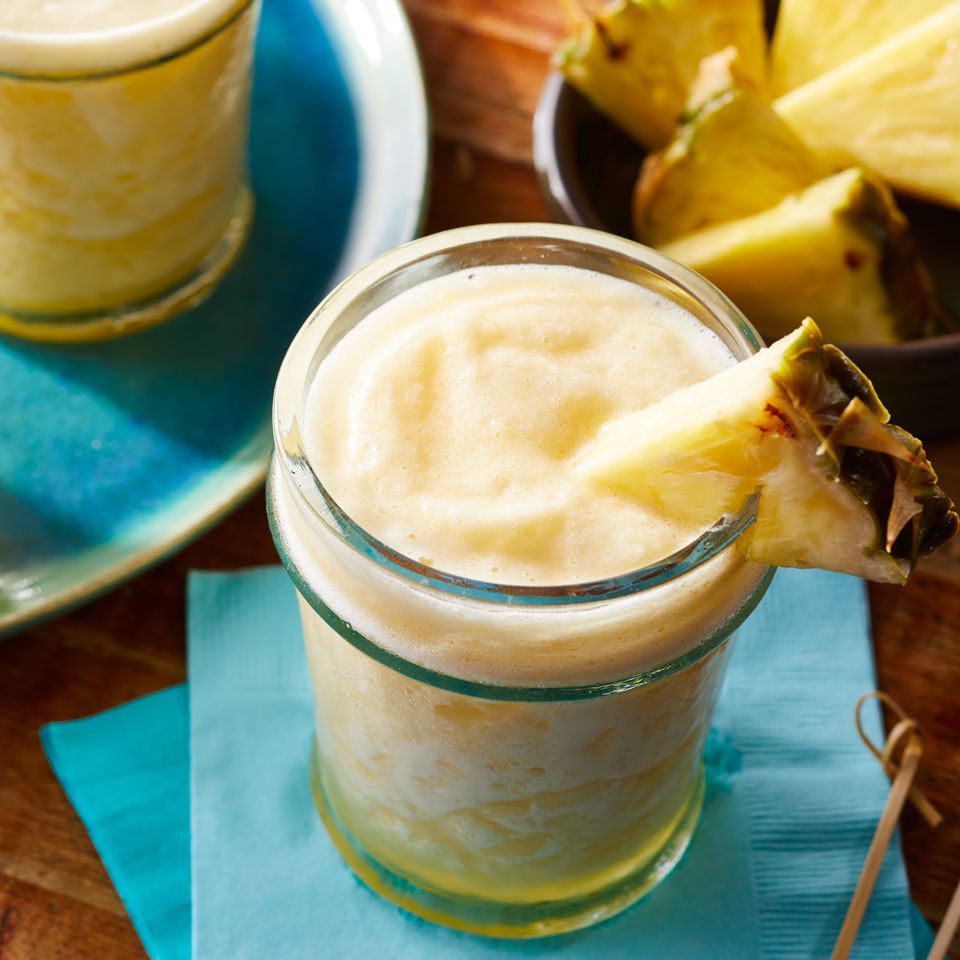
5. Mango
Frozen mango might not be top of mind when you're shopping for frozen food, but it's worth putting in your cart—loaded with iron and vitamins A and C, you don't want to pass it up. Mango salsa can give you sweet and spicy even when you can't make it to the grocery store. It does best in frozen desserts, but it can also be made into pudding.
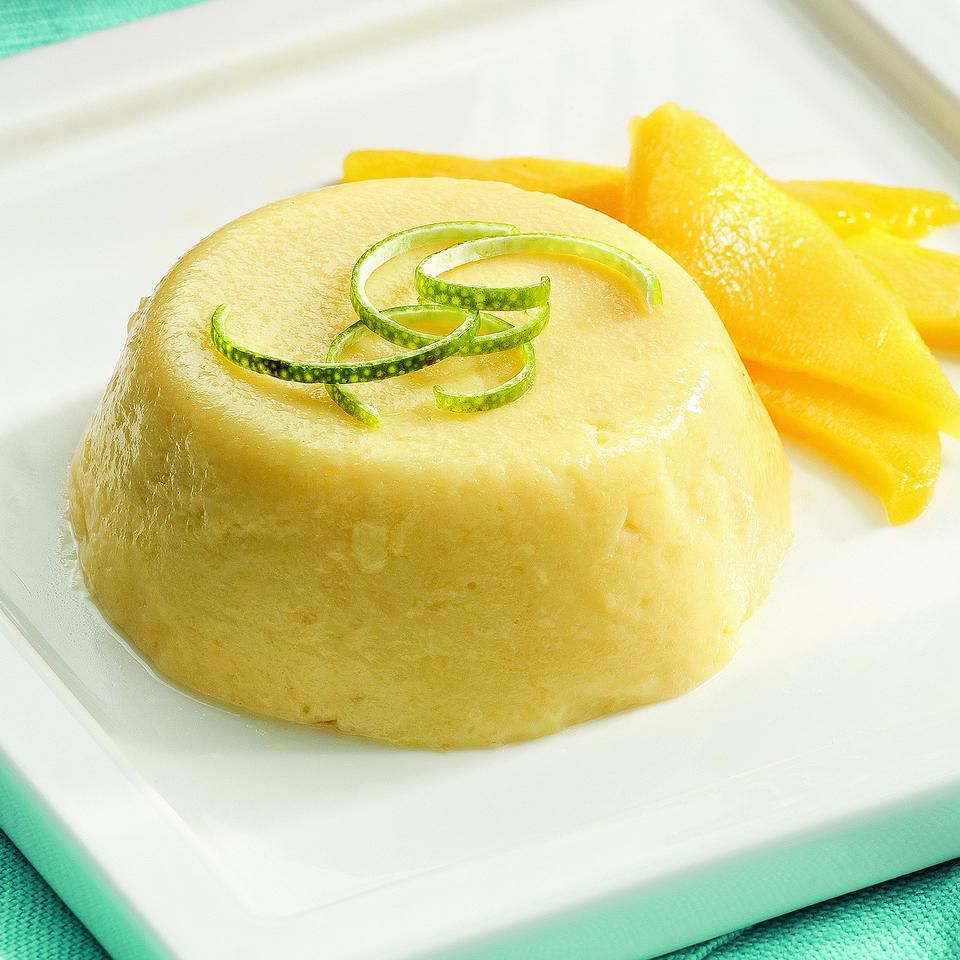
This article was written by Rachel Roszmann from EatingWell and was legally licensed through the NewsCred publisher network. Please direct all licensing questions to legal@newscred.com.



